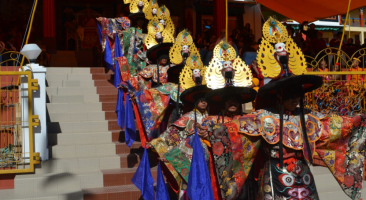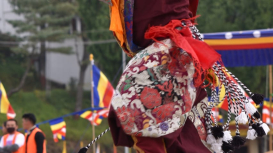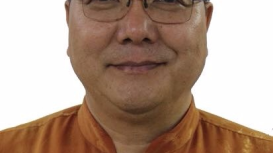The Cham (dance) is associated with some sects of Tibetan Buddhism. This module looks at its practice in four different Buddhist monasteries, belonging to the Geluk and the Nyingma sects, of West Kameng and Tawang districts of Arunachal Pradesh. There is emphasis on diversified folk elements of pantomime and mythical stories that the monastic dance has absorbed through its cyclical growth till the time of its inception with the Indian Saint Padmasambhava. Although the monastic dance has its origin in Tibet, in Arunachal Pradesh, the dance form is interwoven with various local folk elements. The heritage of Cham that the monasteries of Arunachal Pradesh have sustained through successive generations draws from the age-old rich tradition inherited from Mahayana/Vajrayana Buddhism, along with the elements of pantomime apparent during the time. This module provides a scholarly attention on how, in both the districts, this dance form is performed during the Torgya Festival that falls before the new year of the lunar calendar, i.e. Losar. It traces the course of its historical development and departure from a type of secret dance form to a sacred one, thus gradually exceeding its periphery from a narrow religious space to a larger cultural space of public involvement while constituting the notion of cultural identity and heritage.

Dr Manash Pratim Borah
Dr Manash Pratim Borah is an Assistant Professor of English, Central Institute of Himalayan Culture Studies, Arunachal Pradesh. He has authored a book in English titled ‘Ethnicity, Identity and Literature: Reading Literatures from Northeast India’, 2014, and a book in Assamese titled Kuri Goraki Engraj Kobi (A critique on 20 English poets). He is also a translator from English to Assamese.



